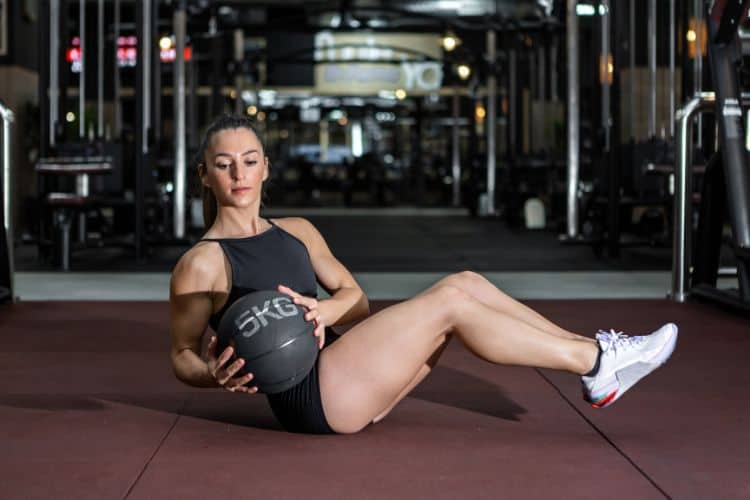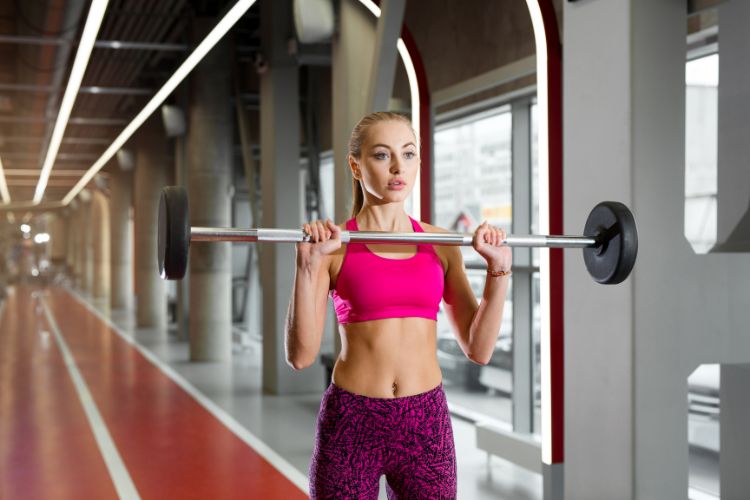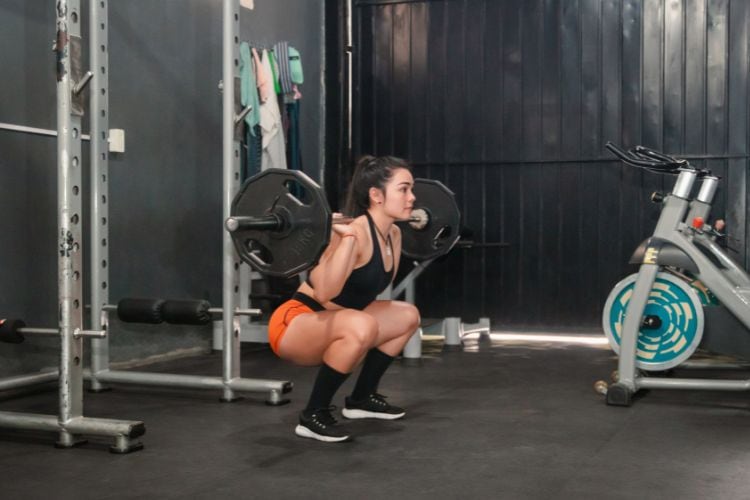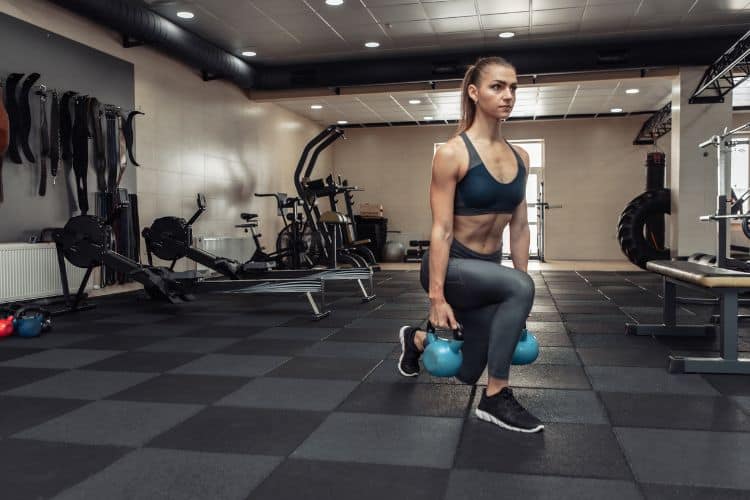Sign up for workout ideas, training advice, reviews of the latest gear and more.





Starting at the gym can feel intimidating, but with the right plan, anyone can build confidence and see great results. This guide breaks down a beginner-friendly gym workout that helps develop strength, improves endurance, and builds a foundation for future fitness goals. Let’s dive into the details and learn how to set up your perfect beginner gym workout.
Starting a gym workout is one of the best investments in your health. Not only does it improve physical health, but it also offers mental benefits like stress relief, improved sleep, and better focus. As a beginner, taking the first step might seem challenging, but a structured approach will make the journey enjoyable and rewarding.
Setting clear goals helps keep motivation high and ensures you stay consistent. For beginners, goals should be realistic and achievable. Examples of beginner-friendly goals include:
A mix of short-term and long-term goals provides a roadmap for your fitness journey. Short-term goals might be to complete each workout with proper form, while a long-term goal could be to increase the weight you can lift by 10-20% over the first three months.
This workout plan is a full-body routine that targets the major muscle groups. For beginners, a three-day-per-week schedule is a great start, giving your muscles time to recover while allowing your body to adapt to the exercises. Here’s a sample schedule:
Each session will include a warm-up, strength exercises, and a cooldown.
A good warm-up prepares your muscles and joints, reducing the risk of injury and boosting performance.
If you prefer, you can start with 5-10 minutes on a treadmill, stationary bike, or elliptical machine at a moderate pace to increase heart rate and warm up the muscles.
Here’s a balanced workout routine that uses basic exercises to build strength and muscle endurance.
Sets and Reps: 3 sets of 12 reps
Instructions: Begin with feet shoulder-width apart, holding a dumbbell at chest height. Lower yourself by bending your knees until your thighs are parallel to the ground. Push through your heels to return to a standing position.
Sets and Reps: 3 sets of 10 reps
Instructions: Lie on a flat bench with a dumbbell in each hand, arms fully extended above your chest. Lower the dumbbells to your chest level by bending your elbows, then push them back up.
Sets and Reps: 3 sets of 12 reps
Instructions: Sit at the pulldown machine, grasp the bar with a wide grip, and pull it down to your chest, squeezing your shoulder blades together. Slowly release back to the starting position.
Sets and Reps: 3 sets of 12 reps (6 per leg)
Instructions: Hold a dumbbell in each hand and step forward with one foot, lowering your hips until both knees are at 90-degree angles. Push off with your front foot to return to the starting position.
Sets and Reps: 3 sets of 30 seconds
Instructions: Position yourself on your forearms and toes, keeping your body in a straight line. Hold for as long as you can, focusing on engaging your core.
Sets and Reps: 3 sets of 10 reps
Instructions: Sit with your back supported, holding dumbbells at shoulder level. Press the weights overhead until your arms are fully extended, then slowly lower them back.
Proper form is critical in any workout but is especially important for beginners. Start with lighter weights and learn the form before gradually increasing the load.
Many people skip the warm-up or cooldown, but both are essential for reducing injury risk and promoting flexibility. Make these a part of every workout.
Beginners may feel motivated to do more, but overdoing it can lead to burnout or injury. Start with a manageable routine and gradually add more weight, reps, or exercises as your body adapts.
Cooling down helps bring your heart rate back to normal and supports muscle recovery. A cooldown can be as simple as light cardio or a series of stretches.
Tracking your progress helps keep you motivated and lets you see how far you’ve come. A workout journal or app is a great way to log weights, sets, reps, and personal records. Progressively increasing the weight or intensity of exercises is essential for continued growth.
After a few weeks, start applying progressive overload by increasing your weights, reps, or sets. This gradual increase challenges your muscles, encouraging them to grow stronger.
Starting a gym workout for beginner can be one of the most rewarding decisions. By following this beginner-friendly plan and keeping a positive mindset, you’ll be well on your way to reaching your fitness goals. Remember, consistency and patience are key. Enjoy the journey and celebrate each step forward!
Stay up to date on the latest women’s health, fitness and lifestyle trends and tips.